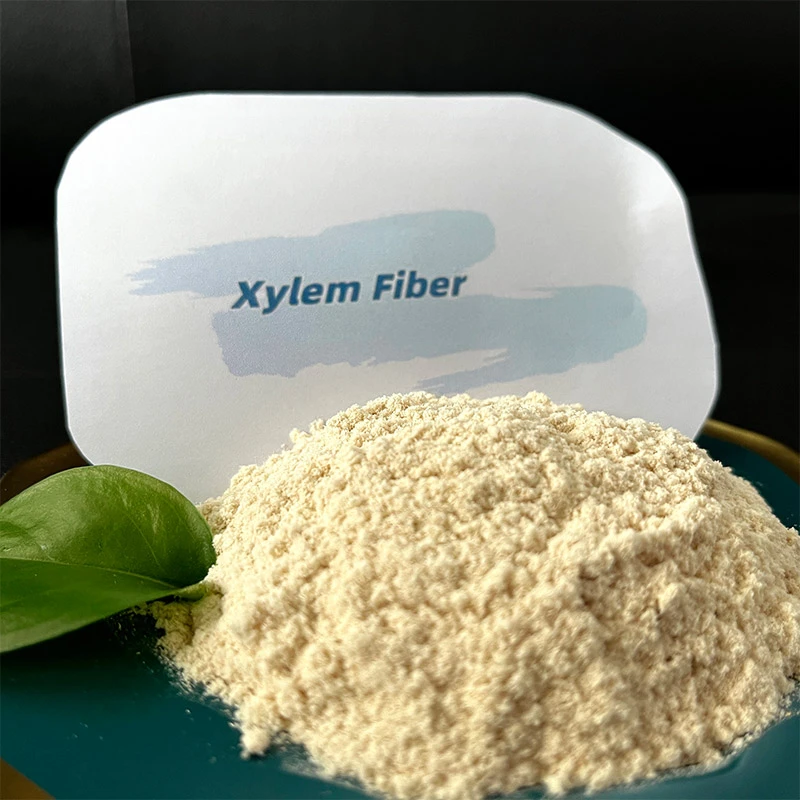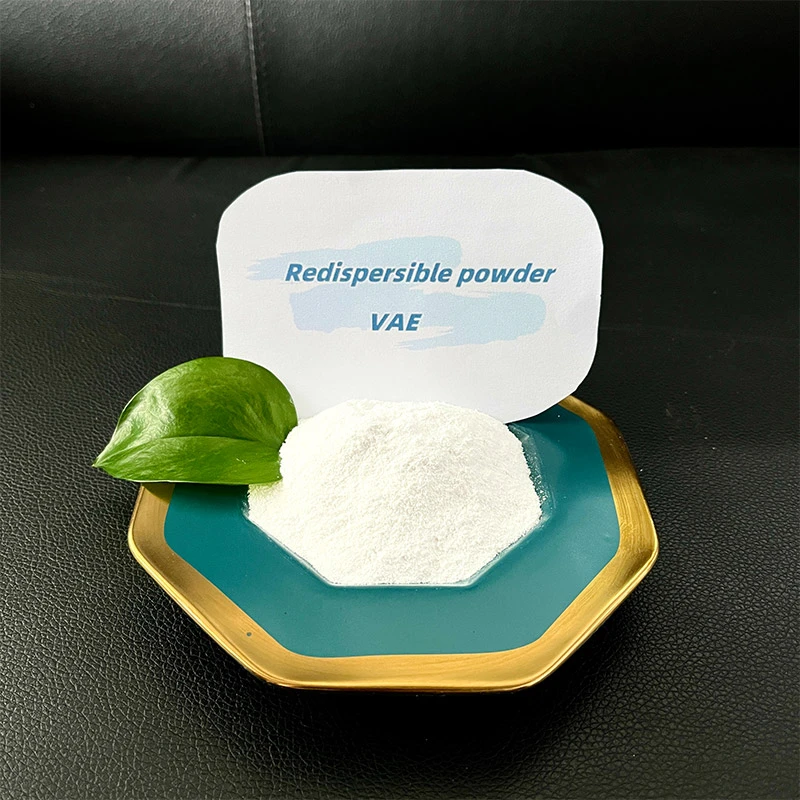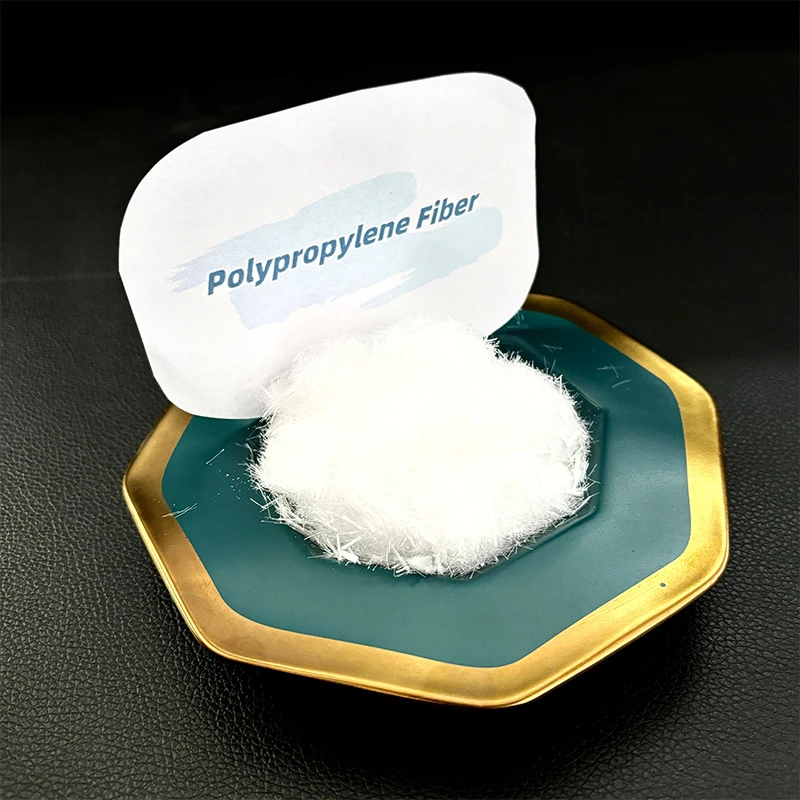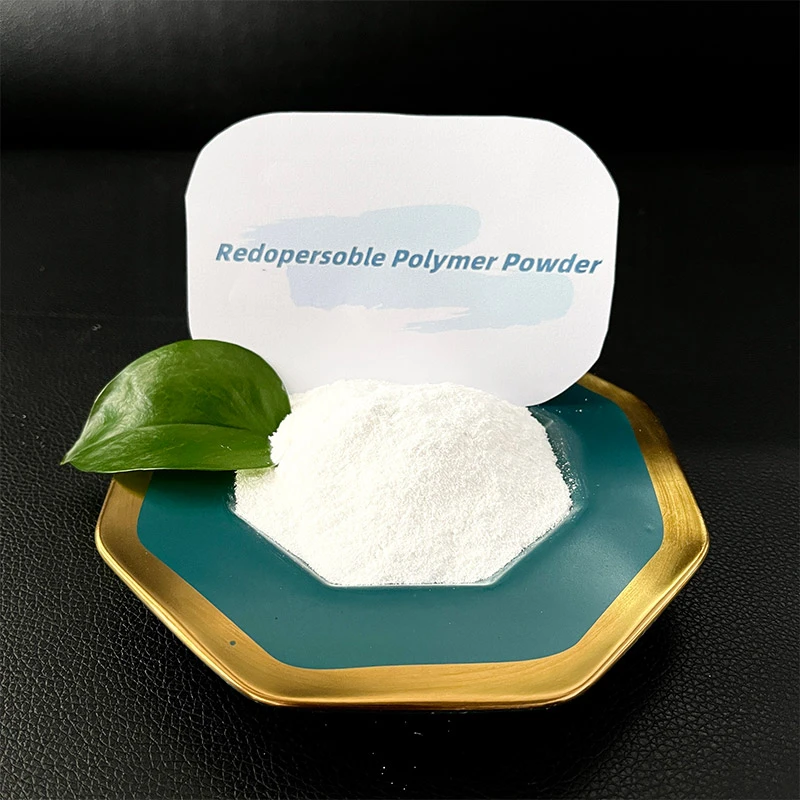Wecome to HeBei ShengShi HongBang Cellulose Technology CO.,LTD.
- Afrikaans
- Albanian
- Amharic
- Arabic
- Armenian
- Azerbaijani
- Basque
- Belarusian
- Bengali
- Bosnian
- Bulgarian
- Catalan
- Cebuano
- Corsican
- Croatian
- Czech
- Danish
- Dutch
- English
- Esperanto
- Estonian
- Finnish
- French
- Frisian
- Galician
- Georgian
- German
- Greek
- Gujarati
- Haitian Creole
- hausa
- hawaiian
- Hebrew
- Hindi
- Miao
- Hungarian
- Icelandic
- igbo
- Indonesian
- irish
- Italian
- Japanese
- Javanese
- Kannada
- kazakh
- Khmer
- Rwandese
- Korean
- Kurdish
- Kyrgyz
- Lao
- Latin
- Latvian
- Lithuanian
- Luxembourgish
- Macedonian
- Malgashi
- Malay
- Malayalam
- Maltese
- Maori
- Marathi
- Mongolian
- Myanmar
- Nepali
- Norwegian
- Norwegian
- Occitan
- Pashto
- Persian
- Polish
- Portuguese
- Punjabi
- Romanian
- Russian
- Samoan
- Scottish Gaelic
- Serbian
- Sesotho
- Shona
- Sindhi
- Sinhala
- Slovak
- Slovenian
- Somali
- Spanish
- Sundanese
- Swahili
- Swedish
- Tagalog
- Tajik
- Tamil
- Tatar
- Telugu
- Thai
- Turkish
- Turkmen
- Ukrainian
- Urdu
- Uighur
- Uzbek
- Vietnamese
- Welsh
- Bantu
- Yiddish
- Yoruba
- Zulu

-

Add: HeBei ShengShi HongBang Cellulose Technology CO.,LTD.
-

Email
13180486930@163.com -

CONTACT US
+86 13180486930

Premium Polypropylene Fiber | AI-Optimized Reinforcement
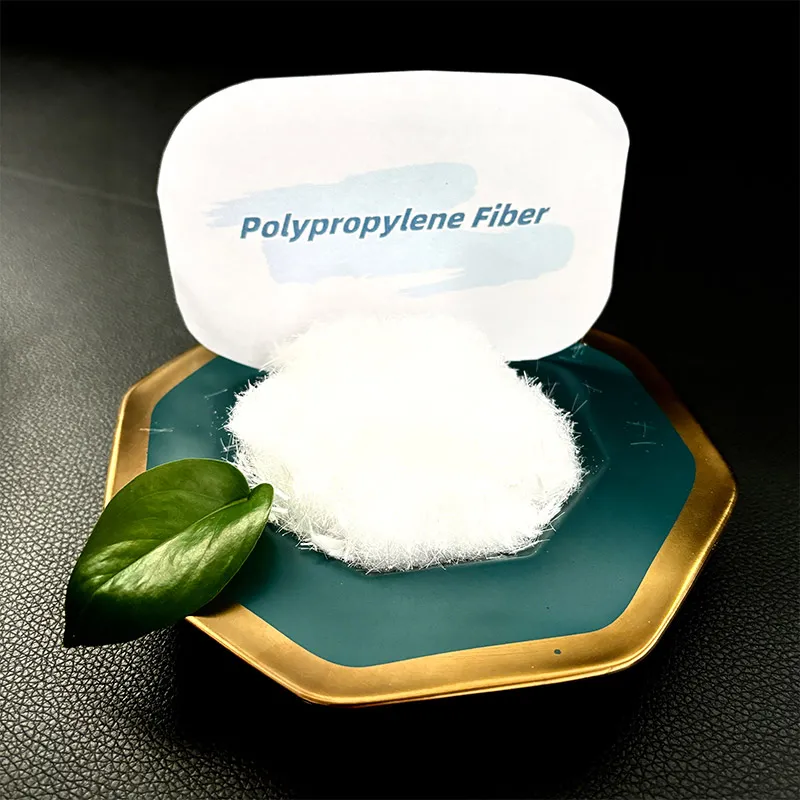
Polypropylene fiber (PP fiber) is revolutionizing the materials sector with its dynamic application in concrete, composites, textiles, and infrastructure. As a microfiber synthetic solution, it addresses the critical needs for strength, durability, and environmental sustainability in high-performance industrial projects. This comprehensive report dissects polypropylene fiber industry progression, key technical parameters, application landscapes, manufacturing process, vendor analysis, custom solutions, and success cases. All data and insights are curated to demonstrate EEAT principles—Expertise, Experience, Authoritativeness, Trustworthiness.
- Main Keywords: polypropylene fiber, pp fiber, pp fiber concrete, microfiber synthetic, polypropylene fibre
- Product Page: Polypropylene Fiber
1. Polypropylene Fiber – Industry Trends & Growth Statistics
Global demand for polypropylene fiber is advancing at a CAGR of 6.8% (2023–2027), driven by sustainable building, refractory, concrete reinforcement, and green manufacturing (MarketsandMarkets).
Regional leaders include China, Europe, and North America, with Asia Pacific accounting for over 43% of market share by volume. Key growth drivers:
- Rising adoption of pp fiber concrete in anti-crack/anti-spalling applications
- Environmental transitions toward microfiber synthetic reinforcement
- ISO 9001, EN14889, and ANSI/ASTM compliance for high-grade polypropylene fibre
- Renewed focus on corrosion-free, high-durability, and lightweight construction materials
2. Technical Parameters of Polypropylene Fiber
Polypropylene fiber is a thermoplastic polymer fiber, offering exceptional mechanical stability, thermal resistance, low moisture absorption, and superior chemical inertness. Below is a parameter comparison between PP Fiber, Polyester Fiber, and Steel Fiber for concrete applications:
| Parameter | Polypropylene Fiber | Polyester Fiber | Steel Fiber |
|---|---|---|---|
| Density (g/cm3) | 0.91 | 1.38 | 7.85 |
| Tensile Strength (MPa) | 400–650 | 550–900 | 700–2850 |
| Elastic Modulus (GPa) | 4.5–7.5 | 11.5 | 210 |
| Melting Point (°C) | 165–170 | 260 | >1350 |
| Chemical Resistance | Excellent | Moderate | Poor (corrodes) |
| Water Absorption (%) | <0.01 | <0.2 | 0 |
| Standard | ISO9001, EN14889-2 | ISO9001 | ASTM A820 |
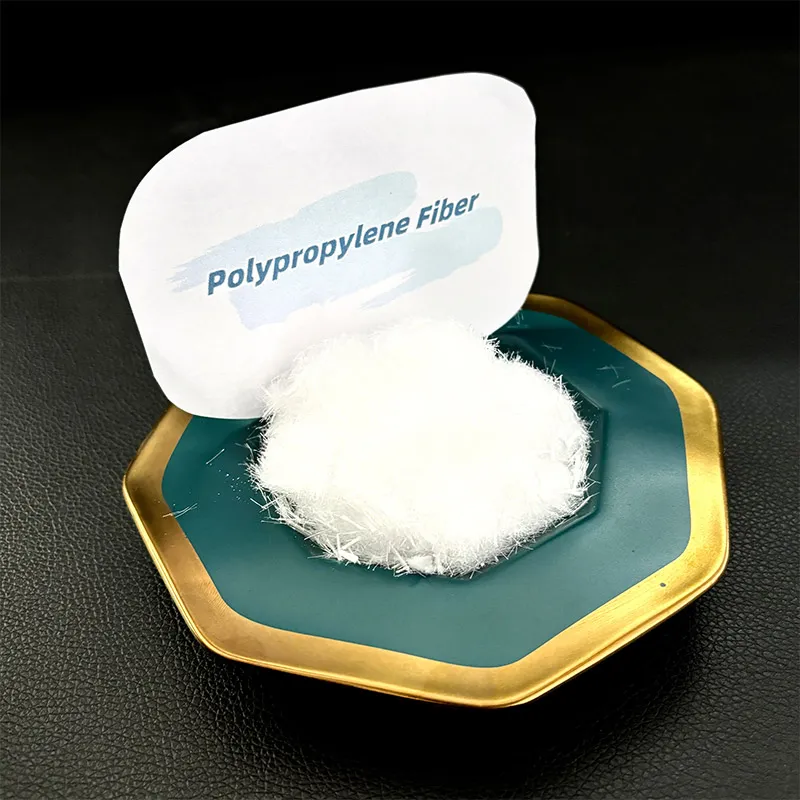
Due to its low density, outstanding alkali resistance and high aspect ratio, polypropylene fiber concrete achieves superior crack control, freeze–thaw resilience, and impact absorption compared to polyester or steel fiber alternatives. As a microfiber synthetic reinforcement, it is increasingly specified for highways, tunnels, bridge decks, precast panels, and shotcrete. All products adhere strictly to third-party and factory testing per ISO and EN14889-2 standards, ensuring traceable quality and batch consistency.
3. Polypropylene Fiber Manufacturing Process & Workflow
Pure PP resin pellets (99.8%+) with anti-UV, anti-aging additives, per ISO 1874 grading.
High-precision melt extrusion, continuous filament spinning, and multi-stage drawing (CNC-guided lines); real-time diameter & strength sensors.
Computerized (CNC) choppers and length-controllers; cut to 3–54 mm (widely 6, 12, 18, 54 mm).
Plasma or corona surface activation for hydrophilicity and enhanced dispersion in cementitious matrix.
Physical, mechanical, thermal & aging tests; QA per EN14889-2/ASTM C1116/ISO 9001.
Clean-room automated packing; anti-static/UV/eco-pack options (FDA compliant on request).

4. Key Product Specifications & Quality Standards
| Technical Index | Typical Value | Test Method/Standard |
|---|---|---|
| Density | 0.91 ±0.02 g/cm³ | ISO 1183-1 |
| Tensile Strength | ≥450 MPa | ISO 2062 / ASTM D2256 |
| Elongation at Break | 15–25% | ISO 2062 |
| Length | 3/6/12/18/54 mm | Customizable |
| Diameter | 10–50 µm | Laser Micrometer |
| Melting Point | ~165°C | ISO 11357 |
| Color | White/Natural | Visual |
| Surface Type | Serrated/Smooth | SEM Analysis |
| ISO/EN/CE Cert. | Yes | EN14889-2 |
5. Application Scenarios & Technical Advantages
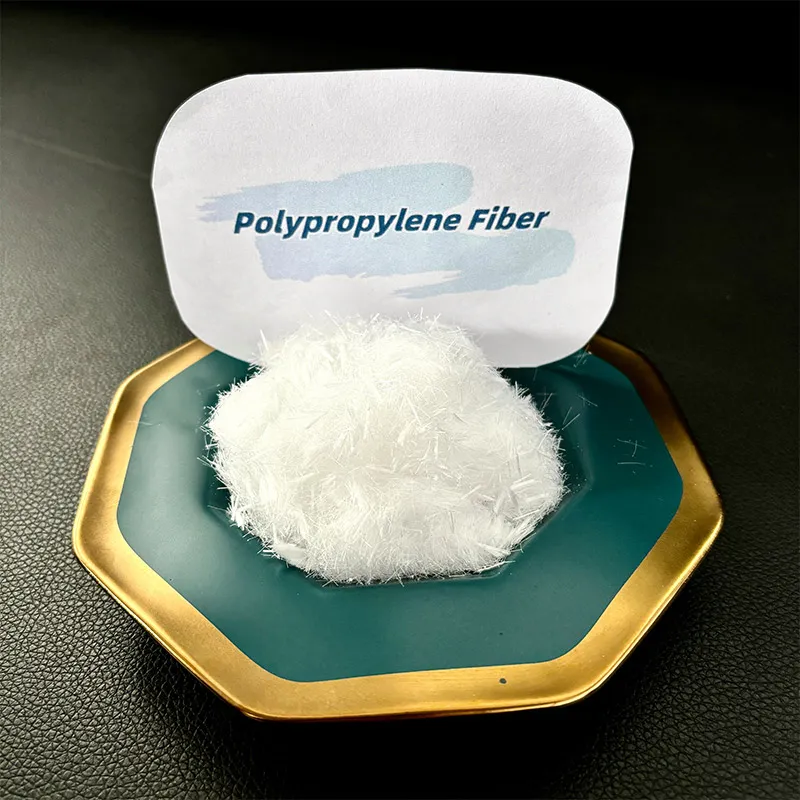
- Concrete & Mortar: Anti-cracking, freeze-thaw durability, improved fire-resistance (proven 61% crack width reduction at 12 mm dosage per EN14889-2).
- Industrial Flooring: Enhanced impact/abrasion resistance, minimized maintenance costs (up to 29% less).
- Tunnel Linings & Shotcrete: Erosion/corrosion prevention, rapid setting compatibility, ductility increase (>45%).
- Water Infrastructure: For pipelines, tanks, and basins; inert to most chemicals & non-reactive with chlorides.
- Textile Geotextiles: Filter media, landscape fabrics—longevity, UV stability, non-toxic.
- Fire Spalling Prevention: In subway, high-rise, and nuclear containment structural concrete.
6. Manufacturer Comparison Table
| Manufacturer | Main Offering | Certifications | Production Method | Lead Time | Major Clients |
|---|---|---|---|---|---|
| SSH Polypropylene Fiber | 6/12/18/54mm PP Fiber Microfiber synthetic |
ISO9001, EN14889, CE | Automated CNC, plasma finish | 7–15 days | Sinochem, State Grid, CNPC |
| Sika Fibermesh | 9/12/18mm PP Micro & Macro Fibers | ASTM, BS EN, CE | Melt spinning + hydrolysis surface | 21–30 days | Tunnel, subway, mining |
| BASF MasterFiber | PP/PE Fiber Blends | ISO9001, EN14889 | Hybrid spun, variable cut | 12–24 days | BASF, Lafarge |
| Xypex | 16/19mm PP Fiber | BSI, ASTM | OEM automated | 15–30 days | Infrastructure, concrete plants |
7. Custom Solutions & Technical Services
- Custom Sizing: From 3–54 mm; tailored aspect ratios on request
- Surface Modification: Plasma, UV-activation, serrated, hydrophobic/hydrophilic treatment
- Color Matching: Natural, white, blue, green, or custom dyes (non-leaching, non-toxic)
- Bulk/Pre-bagged Dispersion: Glassine bags for shotcrete or large-batch mixing
- Composite Blends: Hybridizing with PVA, glass, or steel fiber for special structural demands
- OEM/ODM Service: Packing, labeling, and design per customer requirements

8. Application Case Studies – Real-World Project Highlights
8.1 Hydro-Station Dam – CNPC (China)
540 tons of 18 mm polypropylene fibre integrated in roller-compacted concrete, extending crack-free lifespan from 7 to 16 years.
Tested per: EN14889-2, GB/T 21120
Performance: Crack area shrank by 60%, shrinkage/microspalling nearly eliminated.
Customer feedback: "Zero freeze-thaw defects after five severe winters."
8.2 Metro Tunnel Lining – Europe
Application of 12 mm pp fiber concrete for shotcrete linings gave a 35% improvement in abrasion wear factor and 43% fewer visible crack lines compared to steel mesh.
Testing: ASTM C1609/C1399, ISO 9001 batch tested.
8.3 Industrial Flooring – Southeast Asia Chemical Park
Replacement for steel and glass fiber, 7.5 kg/m³ dosage of microfiber synthetic PP. Achieved 29% lower maintenance cost, corrosion-free surface over 8 years.
Standard: EN14889-2, ASTM C1116
9. Delivery, Warranty & Support Commitment
- Lead time: Standard dispatch in 7–15 working days for bulk/retail polypropylene fiber
- On-site/Remote Tech Support: Application consulting, technical documentation (mixing, dosing, QC), on-site start-up for large projects
- Warranty: 5 years product quality guarantee – covers performance, color, and physical properties
- Certifications: Factory assessed per ISO9001, EN14889, third-party/special test reports supplied
- Customer Service: 24H online consulting, rapid claim resolution
10. Professional FAQ on Polypropylene Fiber
11. Authoritativeness & Industry Recognition
- Industry Certifications: ISO9001, EN14889-2, CE, FDA (potable water)
- Third-Party Test Reports: SGS, CNAS, Intertek available
- Major Users: Sinochem, CNPC, State Grid, global construction groups
- Referenced in: “Engineering Properties of Polypropylene Fiber Reinforced Concrete” (Construction and Building Materials, Elsevier, Sciencedirect Link)
- Forum Discussions: “PP Fiber in Tunnel Linings” – Eng-Tips Forum (Discussion)
References:
-
Ethyl Cellulose Powder as a Pharmaceutical BinderNewsJul.10,2025
-
Blending Fibre Natural and Synthetic for PerformanceNewsJul.10,2025
-
Starch Ether For Construction: The Advanced Mortar Additive RevolutionNewsJul.10,2025
-
MHEC Cellulose in Cement-Based Renders and PlastersNewsJul.10,2025
-
Micronized Rubber Powder Dispersion TechniquesNewsJul.10,2025
-
Impact of Cream of Tartar Plaster Retarder on Final StrengthNewsJul.10,2025
-
Rubber Powder Durability in ConstructionNewsJun.26,2025







